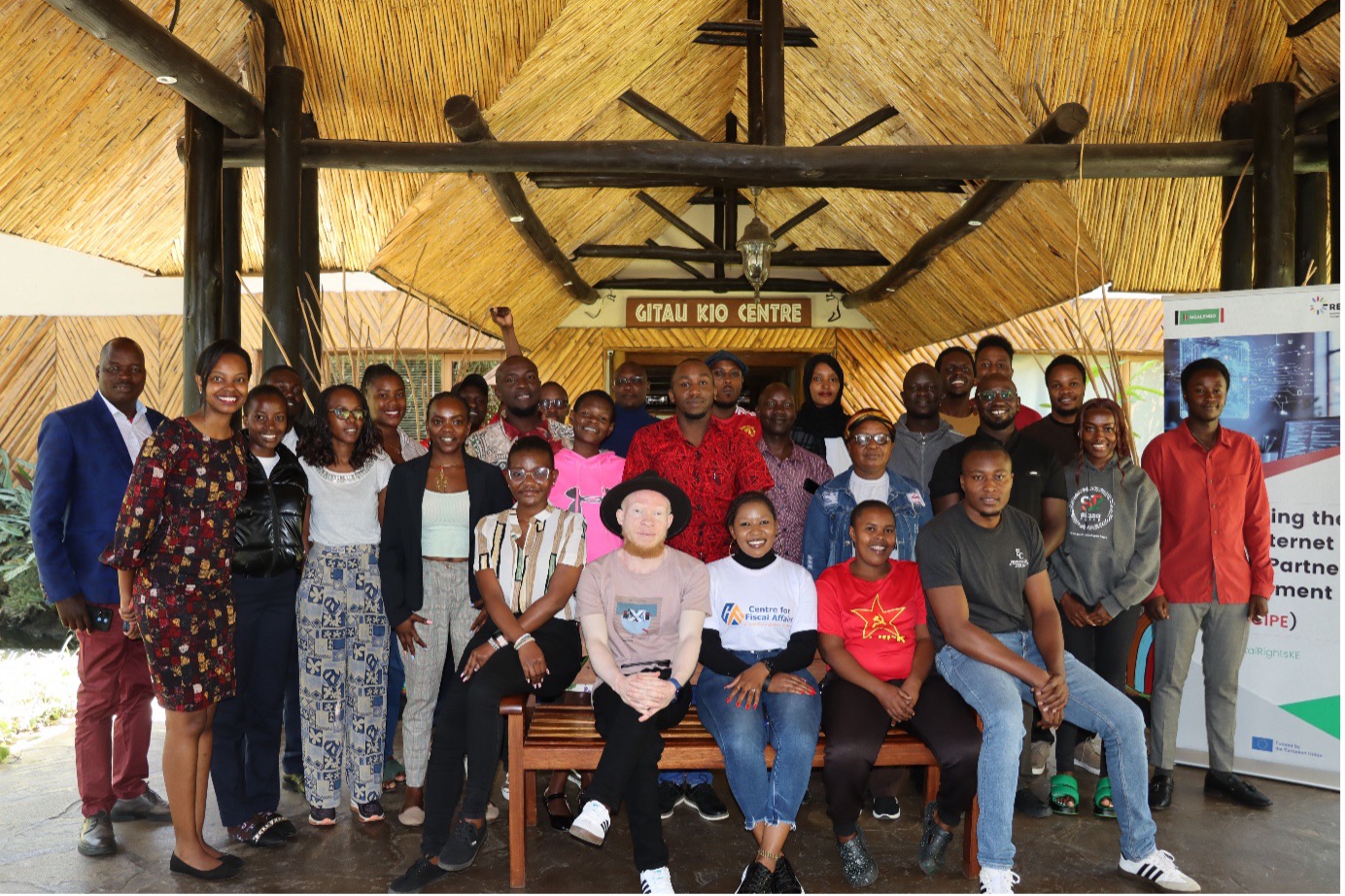Blog Article by Pauline Omoto, Associate KELIN
Did you know we could end the HIV/AIDS pandemic? Yes, that’s right! The strategy is simpler than you think. It is called the 95 – 95 – 95 targets. If 95% of HIV Positive persons knew their status, if 95% of those who knew their status accessed antiretroviral therapy (ART) and if 95% of those accessing ART achieve viral suppression, we could achieve an AIDS free world! This is not just a dream. It is happening in Botswana, Eswatini, Rwanda, the United Republic of Tanzania and Zimbabwe and at least 16 other countries (including eight in sub-Saharan Africa) are close to doing so. A new report from UNAIDS, ‘The Pathway That Ends AIDS’ shows we can end AIDS by 2030 and outlines the path to get there. Here is what the report states:
As of 2022, 39 million people globally were living with HIV and 29.8 million people were accessing ARVs. There were 1.3 million newly infected persons and 630,000 died from AIDS related illnesses in 2022 alone, which continues steady decrease from previous years. Among all people living with HIV, 86% [73– >98%] knew their status, 76% [65–89%] were accessing treatment and 71% [60–83%] were virally suppressed (86-76-71).
According to the report, Kenya has currently reached 94–94–89 total population living with HIV. This is computed from 93–89–84 among men and 95–95–92 among women living with HIV. However, Kenya still lacks data on children (0-14 years). We are so close to the goal!
The question now is, why are we not there yet? We are failing to protect people within key and other priority populations against HIV. Female sex workers in Kenya who feared stigma from health-care workers were twice as likely to avoid non-HIV-related care. Harmful laws, stigma and discrimination, combine to increase the risk of HIV among key populations. The report notes gender inequality and sexual and gender-based violence together with aaffordability of new health technologies as ongoing challenges, with long-acting injected PrEP as one of several current examples. These challenges prolong the pandemic indefinitely, at huge cost to the affected communities and societies.
What can we do about this? Kenya and other counties need to forge and maintain strong political commitment to put people first, confront inequalities and invest sufficiently in proven strategies. Inclusive approaches that respect people’s human rights and engage affected communities across the HIV response forge trust between public authorities and those communities leading to better outcomes.
Additionally, integration of HIV with other health services such as maternal and child health or Sexual reproductive services increases accessibility. The removal or non-enforcement of laws that target key populations and strong accountability for health-care providers can help stop stigma and discrimination. Promoting gender equality and confronting sexual and gender-based violence will close gaps and make it easier for sexually active girls and women to access female-friendly biomedical prevention tools. Addressing licensing and intellectual Property issues will facilitate generic manufacturing of the medicine making them affordable thus accessible.
Viral suppression enables people living with HIV to live long, healthy lives and to have zero risk of transmitting HIV sexually. By protecting the lives and livelihoods of millions of people, HIV programmes are shielding the general public not just against this longstanding pandemic but also against poverty and food insecurity, deaths in children and maternal mortality. We are in the final stretch; we can reach the 95 – 95 – 95 target!



